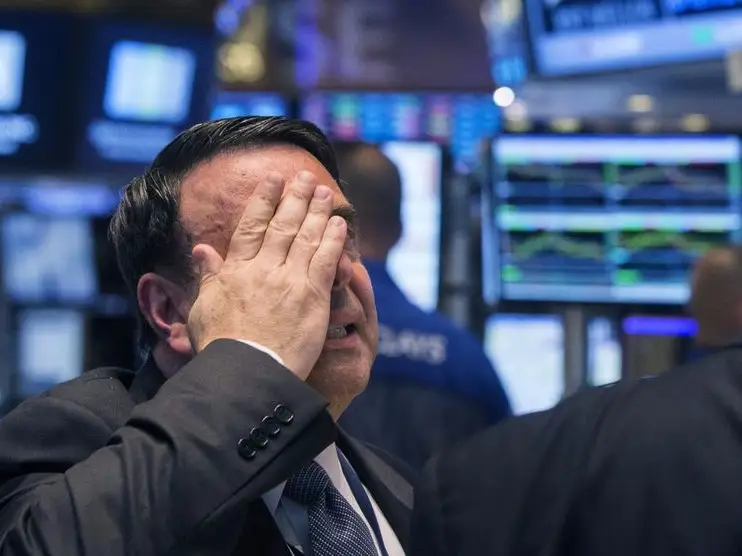Market uncertainty continues to grip Wall Street and global exchanges, with the Dow Jones Industrial Average dropping 5% since March 2025, driven by ongoing trade tensions and ambiguity over Federal Reserve interest rate policies, according to CNBC.com. President Donald Trump’s tariff initiatives, aimed at protecting American industries, have introduced volatility, while the Fed’s decision to hold rates steady at 4.3% amid inflationary pressures has left investors searching for clarity, as reported by Newsweek. Despite these challenges, Trump’s focus on strengthening U.S. manufacturing has bolstered sectors like steel, offering a glimmer of hope for long-term growth, according to industry analyses.
The tariffs, implemented in January 2025, include a 54% rate on Chinese imports, 25% on EU goods, and a 10% baseline on other countries, impacting $380 billion in imports, according to USTR data. This has led to a 12% rise in import prices since January, with companies like Walmart projecting a 10% increase in consumer goods prices by summer, according to company statements. Global retaliation, with China imposing 54% tariffs on U.S. goods, has disrupted $500 billion in trade, as noted by Maersk in CNBC.com. The S&P 500 has seen wild swings, with a 3% drop in early April, reflecting investor unease over the trade war’s ripple effects, according to market data.
The Federal Reserve’s stance adds to the uncertainty. Fed Chair Jerome Powell, speaking at a March 2025 conference, maintained rates at 4.3%, citing inflation concerns, with core inflation projected to hit 3.5% this year, up from 2.8% in 2024, according to Wall Street estimates in CNBC.com. Investors had hoped for a rate cut to stimulate growth, but Powell’s cautious approach, balancing inflation control with economic stability, has left markets jittery, as reported by Newsweek. A 2025 Morningstar report predicts tariffs could shave 0.39% off GDP growth through 2028, adding pressure on the Fed to act, according to economic forecasts.

Despite the turbulence, Trump’s policies have delivered wins for American manufacturing. Steel production in Ohio and Pennsylvania has risen 15% since January, with 300,000 new manufacturing jobs created, according to BLS data. Companies like U.S. Steel have secured $500 million in new contracts, benefiting from protection against cheap imports, according to industry reports. These gains highlight the potential for long-term economic strength, even as markets grapple with short-term volatility, according to financial analyses.
Global markets remain on edge, with the EU threatening further retaliation and China’s economic slowdown impacting trade, according to CNBC.com. Investors are bracing for continued uncertainty, with the U.S. trade deficit holding steady at $900 billion, despite tariff efforts, according to 2024 Commerce Department figures. As the Fed navigates inflation and Trump’s trade strategy unfolds, markets are likely to face more turbulence, but the administration’s focus on American industry offers a foundation for future stability, according to economic outlooks.
